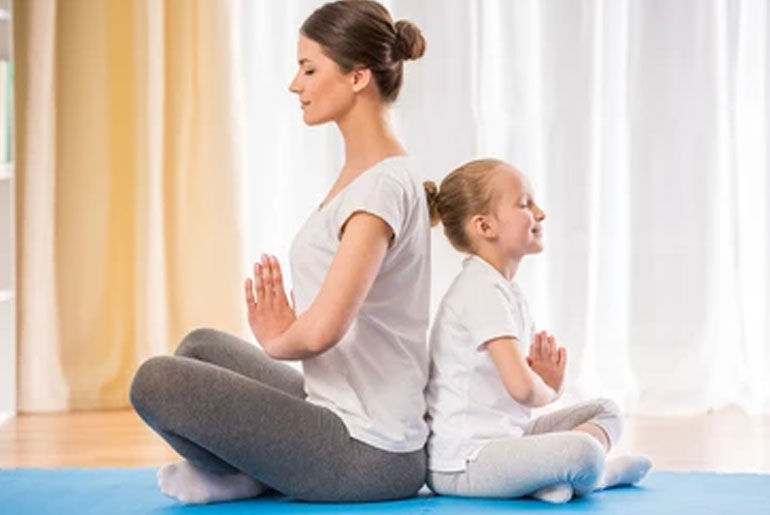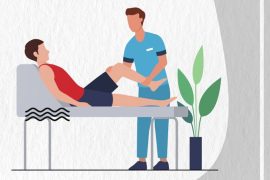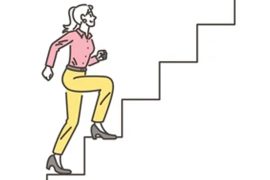Physical inactivity is a significant issue affecting diverse age groups, driven by sedentary lifestyles, affordability concerns, and limited fitness accessibility. Adolescents and older adults are particularly impacted, each facing unique barriers that require tailored solutions. Recognizing the distinct needs and preferences of these demographics can foster a culture of active living and improved overall well-being.
Adolescents: Gamifying Fitness and Leveraging Digital Platforms
For adolescents, physical activity is often intertwined with recreational interests, social interaction, and the desire for quick, tangible results. This group’s tech-savvy nature and active presence on social media provide opportunities to make fitness more engaging and accessible. Gamified fitness experiences, influencer-led campaigns, and community challenges can drive participation. Additionally, integrating fitness apps with social media platforms, offering rewards for achievements, and organizing virtual group workouts can appeal to their competitive and social tendencies. By repositioning physical activity as a fun and rewarding pursuit, adolescents can be encouraged to make fitness a part of their daily lives.
Older Adults: Prioritizing Health and Accessibility
For older adults, the focus shifts towards managing health concerns through safe and sustainable exercises. Home workouts that enhance flexibility, balance, and strength are particularly important. To address barriers like mobility and convenience, at-home workout options, hybrid models blending virtual and in-person sessions, and community-based fitness events are effective. Creating supportive networks where older adults can connect with peers and share experiences fosters motivation and a sense of belonging. Ensuring these fitness solutions are convenient and adaptable to daily routines can help older adults sustain an active lifestyle, enhancing their quality of life.
Universal Role of Strength Training
Strength training is pivotal for all age groups as it promotes health, longevity, and overall quality of life. It not only supports physical fitness but also contributes to mental well-being and functional independence. Tailored programs can help individuals overcome barriers to regular physical activity, empowering them to build a stronger, healthier foundation for life.
Personalized and Technology-Driven Solutions
To bridge gaps in accessibility and engagement, personalized and AI-driven workout plans, virtual sessions, and comprehensive nutrition guidance can play a transformative role. These solutions cater to unique fitness journeys, whether someone is just starting or looking to maintain a consistent routine. By gradually increasing workout frequency and fostering sustainable habits, individuals can integrate fitness seamlessly into their lives.
Addressing home workouts requires a concerted effort to understand and meet the specific needs of each demographic. By embracing innovative and inclusive fitness approaches, people of all ages can lead stronger, healthier, and more fulfilling lives.
Disclaimer:
The information contained in this article is for educational and informational purposes only and is not intended as a health advice. We would ask you to consult a qualified professional or medical expert to gain additional knowledge before you choose to consume any product or perform any exercise.







